
Feeling disconnected in today's world? Google Meet can bridge the gap and bring people together virtually. Throughout this guide, we'll delve into the process of creating instant meetings or scheduling them for later. We'll also explore how to invite participants and create a effortless video conferencing experience.
By the end of our guide, you'll be a Google Meet pro!
What Is Google Meet?
Google Meet is a video conferencing service that lets you connect with people virtually through video calls. It's part of the suite of communication tools offered by Google, along with Google Chat, which replaced the older Google Hangouts platform.
Here's a breakdown of what Google Meet offers:
- Video calling: Hold face-to-face meetings with colleagues, family, or friends.
- Accessibility: Join meetings from your web browser or download the app for mobile devices.
- Free and paid plans: Basic features are free, allowing up to 100 participants for meetings lasting up to 60 minutes. Paid plans through Google Workspace offer extended meeting times, recording capabilities, and other features for businesses and organizations.
How To Create A Google Meet
You can create a Google Meet in three main ways: via Google Calendar, directly through Google Meet, or from Gmail.
Using Google Calendar, you can schedule a meeting by creating an event, adding guests, and selecting "Add Google Meet video conferencing," which generates a meeting link.
Directly from the Google Meet website or app, you can start an instant meeting by clicking "New meeting" and sharing the provided link.
In Gmail, you can start a meeting from the "Meet" section on the sidebar by initiating a meeting or getting a link to share with others.
How To Join A Meeting
There are a few ways you can join a meeting, here are different meeting access options to join using the following methods:
Begin video conferencing from Meet
Here are the basic steps to begin video conferencing using Google Meet:
1. Open Google Meet:
- Go to Google Meet or open the Google Meet app on your mobile device.
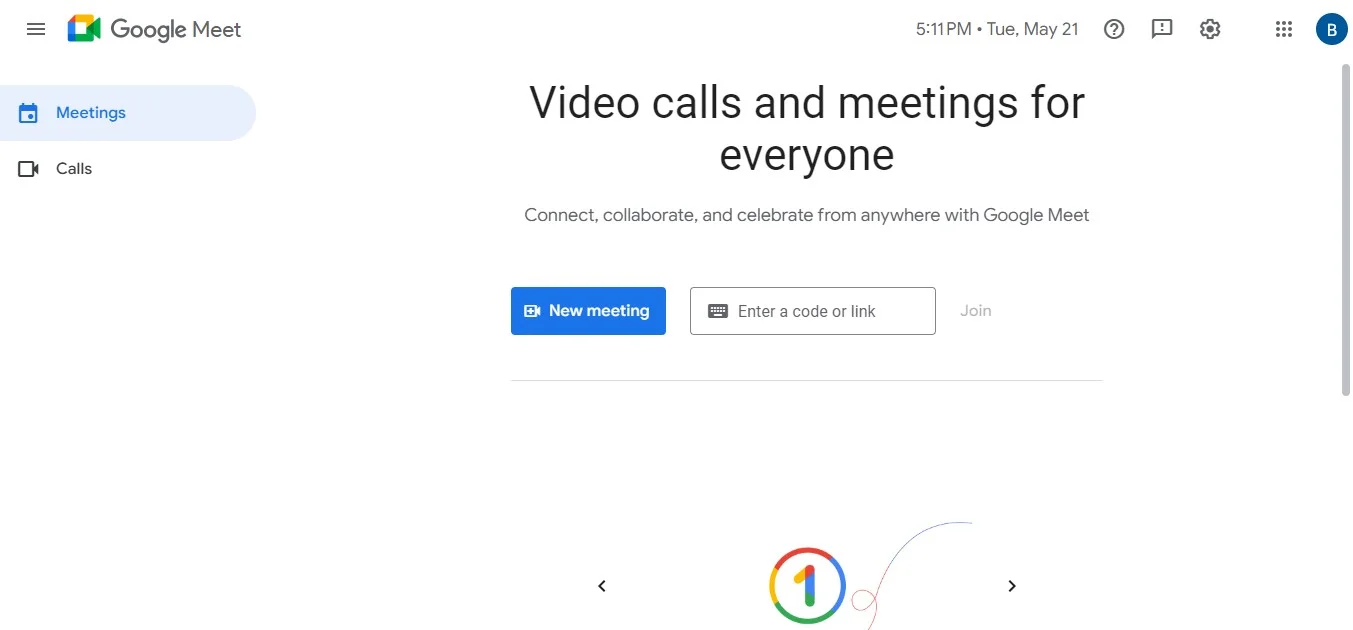
2. Join or start a meeting:
- Click on "Join or start a meeting."
- Enter a meeting code or nickname if joining a specific meeting, or click "Start an instant meeting" to begin a new one.
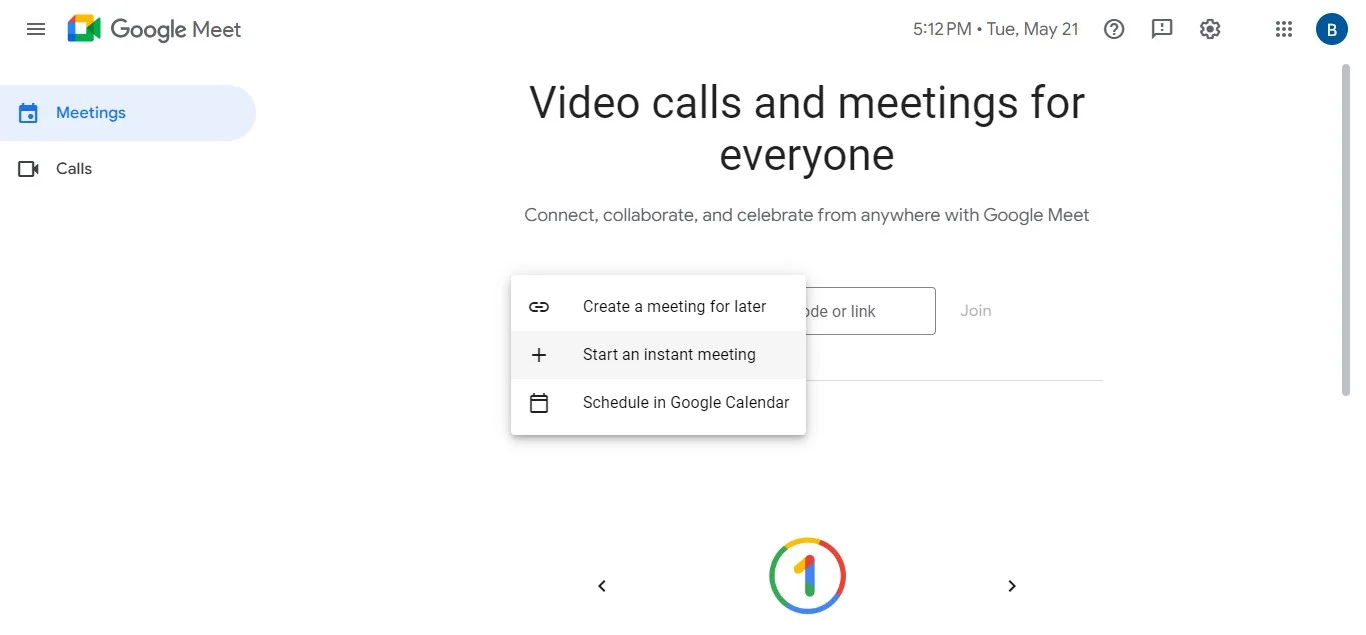
3. Join the meeting:
- Once you're ready, click "Join now" to enter the meeting.
- If you're the meeting organizer, you'll see options to invite others or copy the meeting link to share with participants.
Start a meeting directly from Gmail or chat
Starting a video meeting directly from Gmail or Google Chat is quick and convenient if you have a Google Account.
In Gmail, locate the "Meet" section in the left sidebar and click "Join" Enter the meeting code or link provided by the organizer, then click "Join."
Alternatively, simply click on the meeting link shared in the conversation in Google Chat for new meetings.
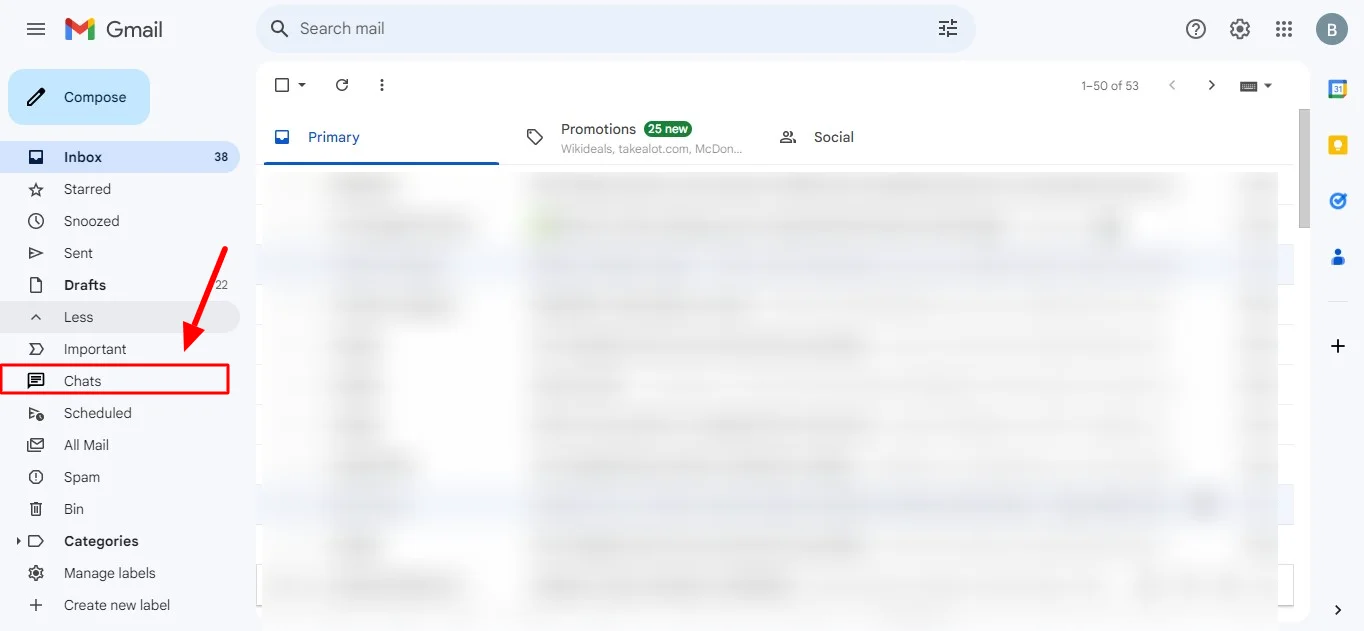
This action will open Google Meet in a new tab or window, allowing you to join the meeting seamlessly. Once in Meet, review your audio and video settings, then click "Join now" to enter the meeting and engage with other participants.
Schedule a video meeting from Google Calendar
Here are the basic steps to schedule in Google Calendar:
1. Open Google Calendar:
- Go to Google Calendar and sign in with your Google account.
2. Create a Google Calendar event:
- Click on the "+ Create" button in the top left corner.
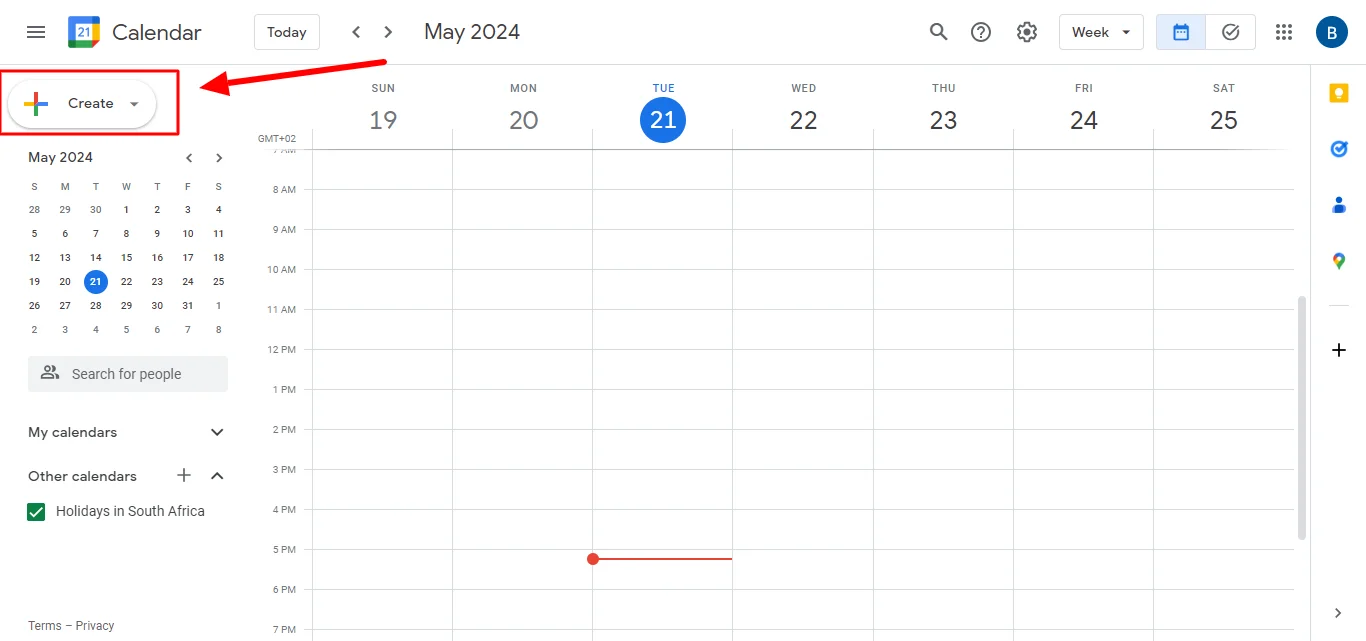
3. Enter meeting details:
- Add a title for your Google Calendar event.
- Set the date and time.

4. Add guests:
- Enter the email addresses of the people you want to invite in the "Add guests" field.
- Click "Add video conferencing" to generate a link.
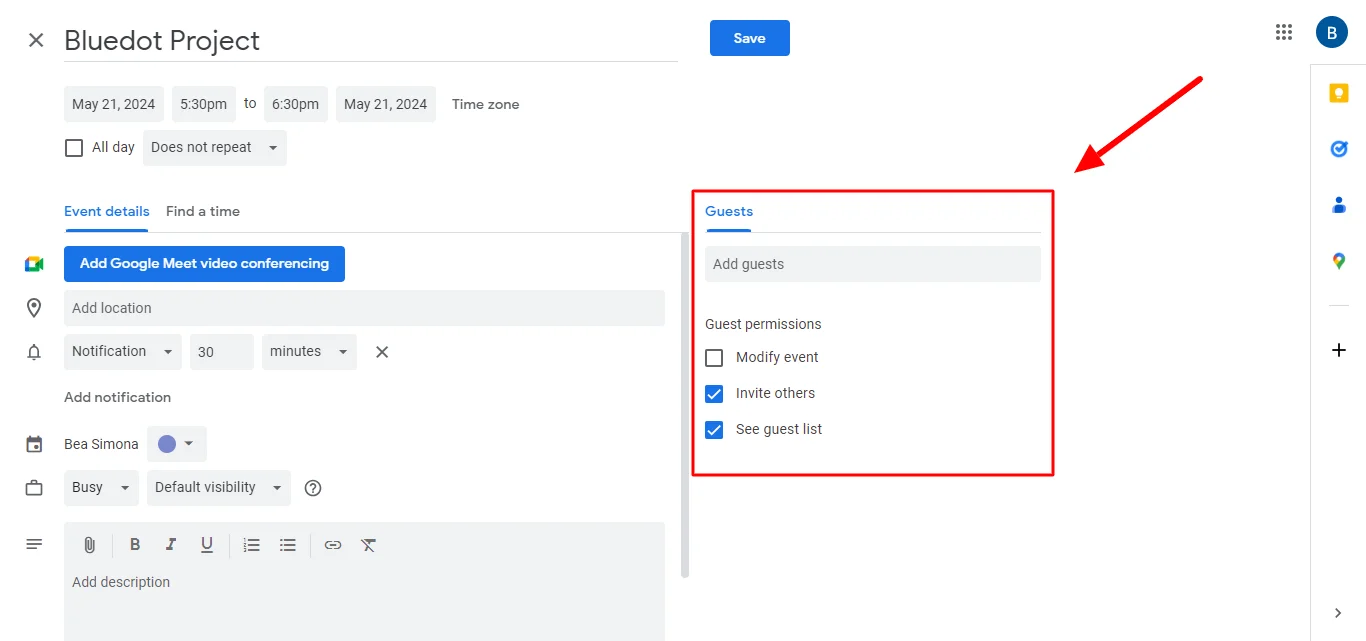
5. Save and send invitations:
- Click "Save" and send your Google Calendar Invite.
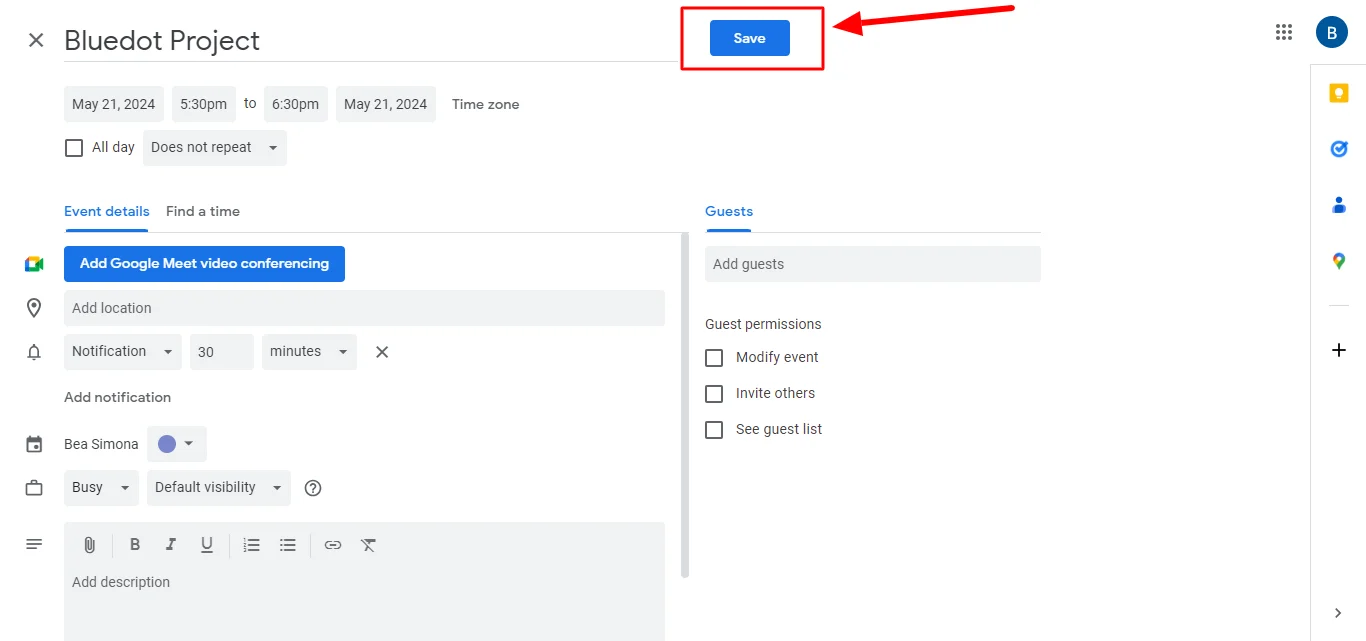
You can also use this method for recurring meetings, it will be added as a calendar event on your team's schedule so different meetings don't clash with a new meeting.
How To Use Google Meet
Google Meet offers a range of features to facilitate seamless virtual meetings, whether for work, education, or personal use. Here are a few features you might not be familiar with:
Customizing your settings
Customizing your settings in Google Meet allows you to tailor the meeting experience to your preferences for your first meeting.
You can choose which camera and microphone to use, adjust your audio input and output levels, and test your audio and video before joining a meeting to avoid the same settings that might give you glitches.
Additionally, you can enable captions for better accessibility, change your layout preference, and configure other meeting options such as noise cancellation and low-light mode. By customizing your settings, you can ensure that your Google Meet experience is optimized for your needs and preferences.
How to chat and present in Google Meet
In Google Meet, you can chat with participants and present content to enhance your meetings. To chat during a meeting, click on the speech bubble icon located in the bottom right corner of the screen.
This opens the chat sidebar, where you can type messages to individual participants or the entire group. You can also share files, links, or emojis to enrich the conversation.
To present content, click on the "Present now" button in the bottom center of the screen. Choose whether to present your entire screen, a specific window, or a Chrome tab.
Once you've selected what to present, click "Share" to start presenting. This allows you to share documents, slideshows, or other materials with participants in real time, making collaboration seamless and engaging.
Record a meeting
Recording a meeting in Google Meet is a feature available to users with a paid Google Workspace account.
For those who do not have access to the paid version of Google Workspace, Bluedot is an excellent alternative for recording Google Meet sessions. Bluedot is a third-party screen recording tool that can be used to record your meetings with ease. It offers high-quality recordings, intuitive controls, and the ability to save recordings in various formats.
Additional Google Meet Settings
Meet offers a variety of additional settings to enhance your meeting experience, ensuring it is tailored to your specific needs. To access these settings, click on the three-dot menu in the bottom-right corner of the meeting screen and select "Settings." Here are a few settings you'll find:
- Audio and video settings: Adjust your microphone and camera settings to select the preferred devices. You can test your audio and video to ensure they are functioning correctly. Google Meet also offers noise cancellation to reduce background noise and a low-light mode to improve video quality in dim environments.
- Change layout: Meet allows you to customize the layout of your screen to suit your preferences. You can choose between different viewing options such as Auto, Tiled, Spotlight, or Sidebar. This can help you focus on the speaker or see more participants at once.
- Background blur and virtual backgrounds: To maintain privacy or reduce distractions, you can change your background or choose a virtual background. This feature helps to keep the focus on you rather than what's happening behind you.
- Host controls: If you are the meeting organizer, you have additional controls such as muting participants, removing participants, and managing who can share their screens. These controls help you maintain order and security during your meeting.
Conclusion
Mastering Google Meet opens doors to productive virtual collaboration. By leveraging its features for seamless communication, presentation, and customization, users can elevate their online meetings to new heights of effectiveness.
While Google Meet offers basic recording functionality, Bluedot elevates the experience. It goes beyond simply capturing the video and audio. Bluedot boasts features like automatic transcriptions, allowing you to easily search through the content and pinpoint key points. Additionally, it ensures crystal-clear audio quality, a crucial aspect often overlooked by basic recording tools.
It includes features such as meeting templates, which help streamline the preparation process, and automated email follow-ups, ensuring that key takeaways and action items are promptly communicated to all participants.

%201.svg)
